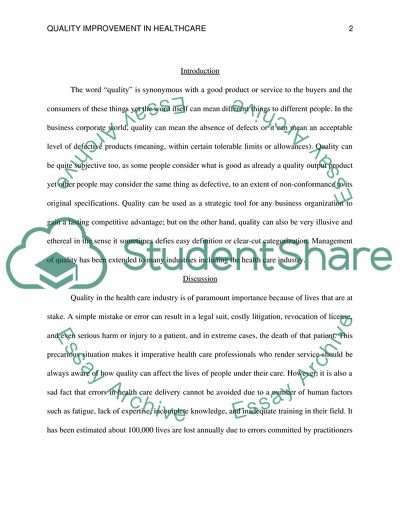Quality Improvement in Healthcare - Differences in Deming and Crosbys Term Paper. https://studentshare.org/health-sciences-medicine/1816006-deming-and-crosby-theories-for-quality-improvement-in-healthcare
Quality Improvement in Healthcare - Differences in Deming and Crosbys Term Paper. https://studentshare.org/health-sciences-medicine/1816006-deming-and-crosby-theories-for-quality-improvement-in-healthcare.


